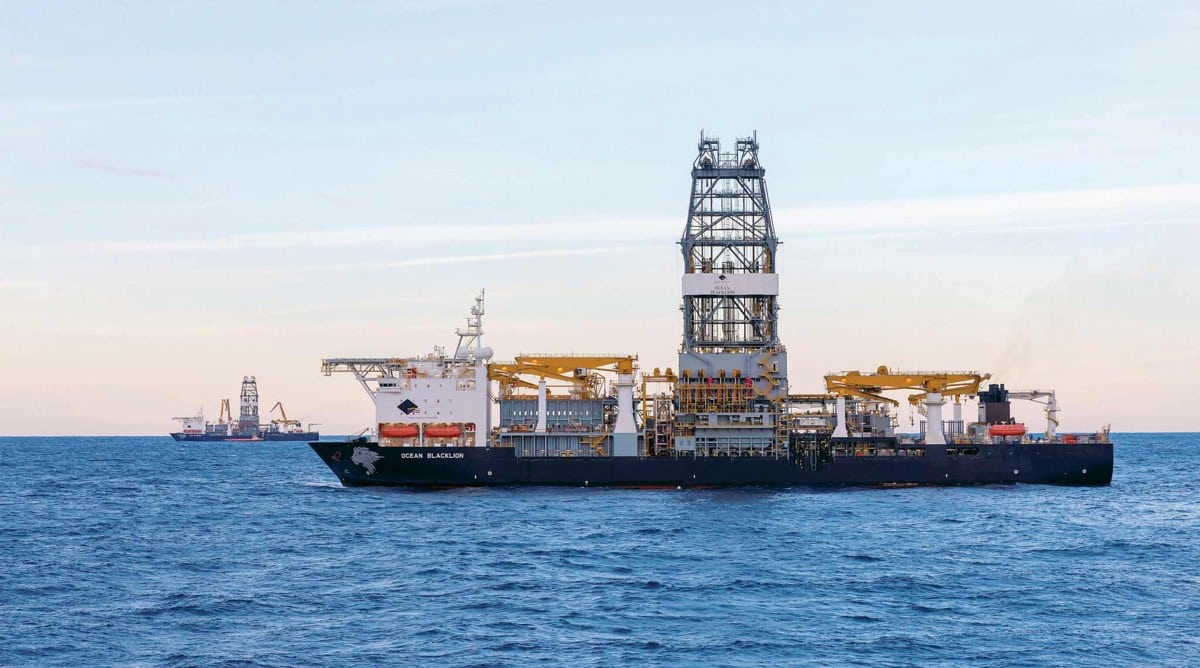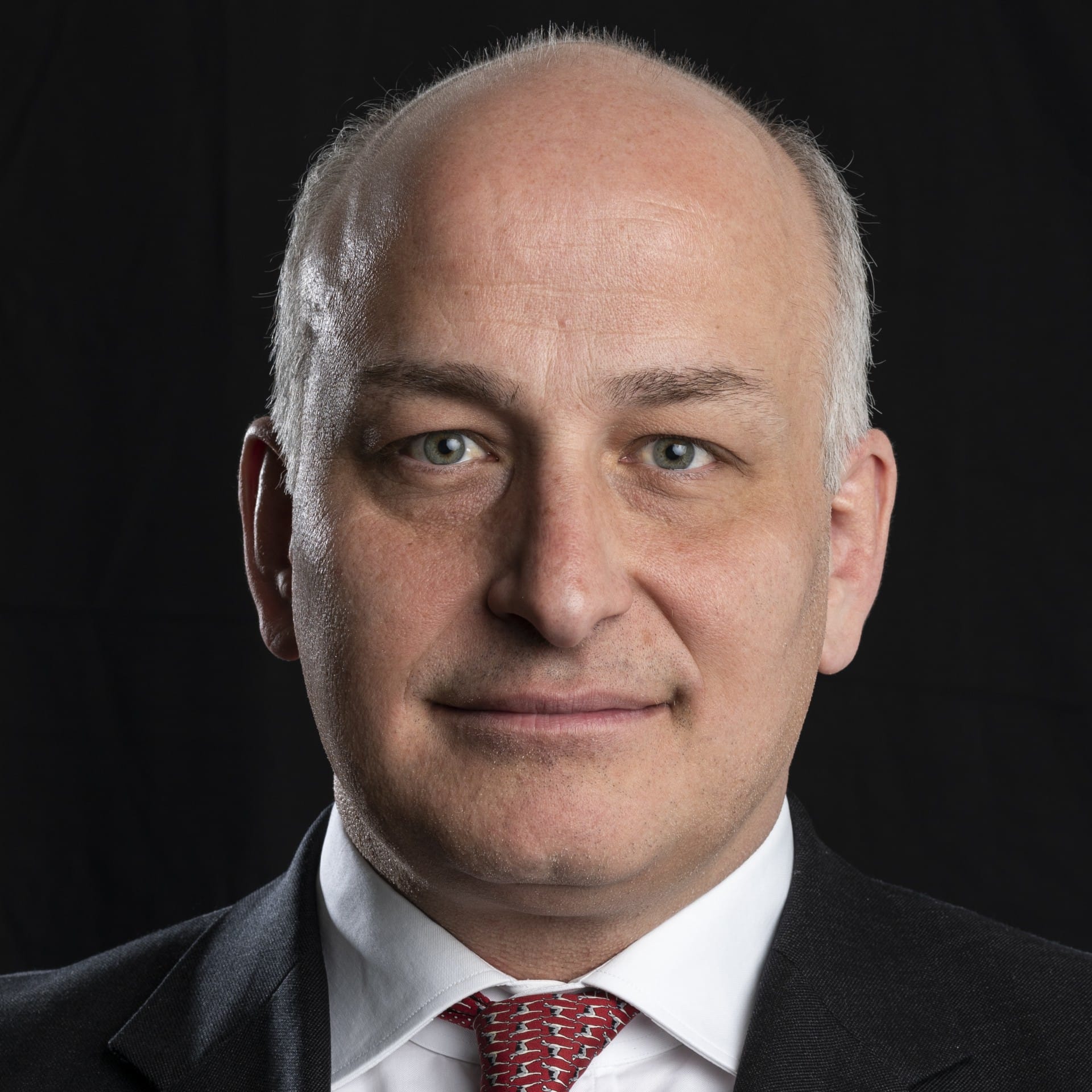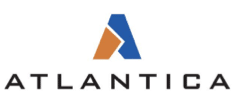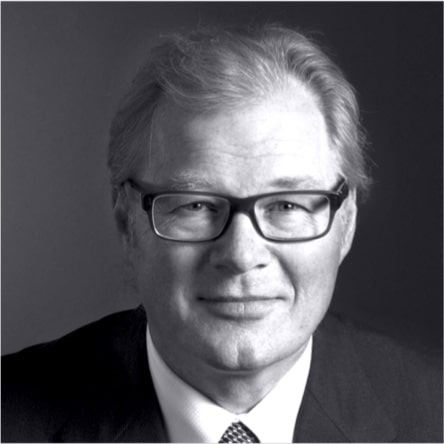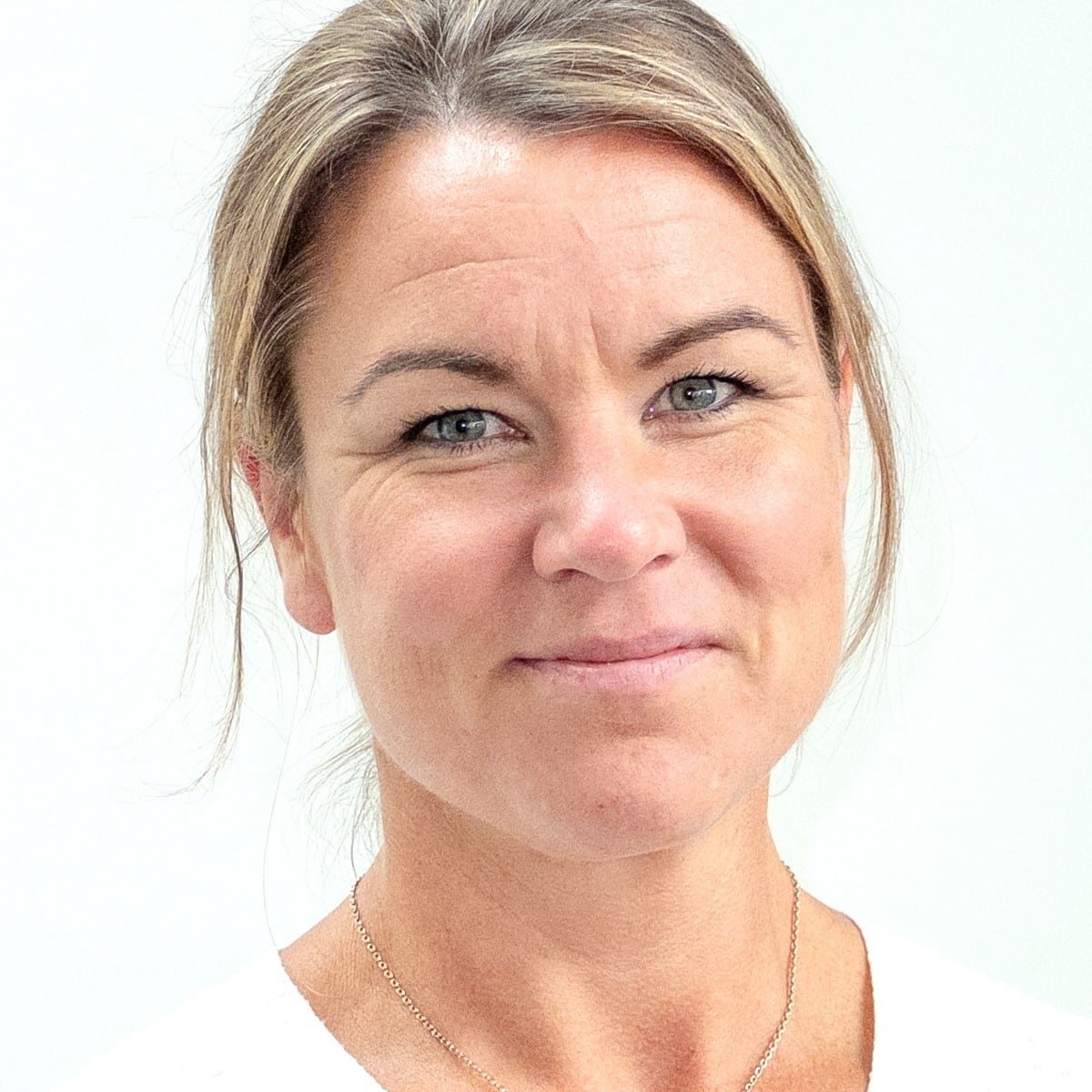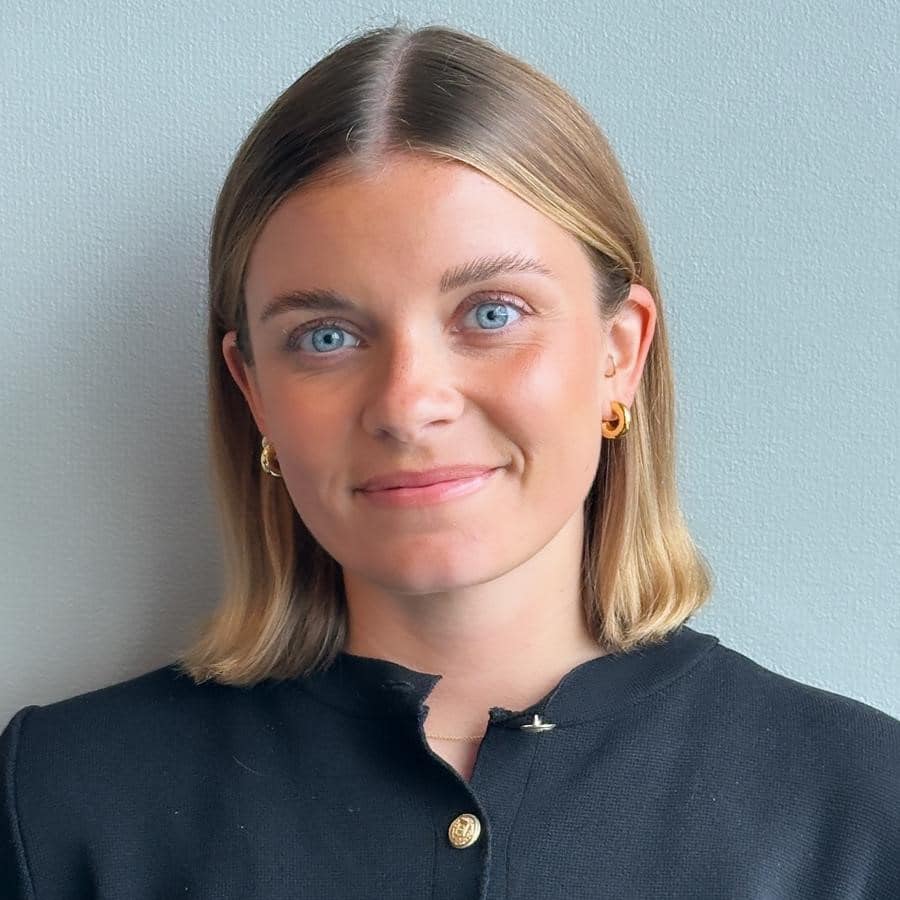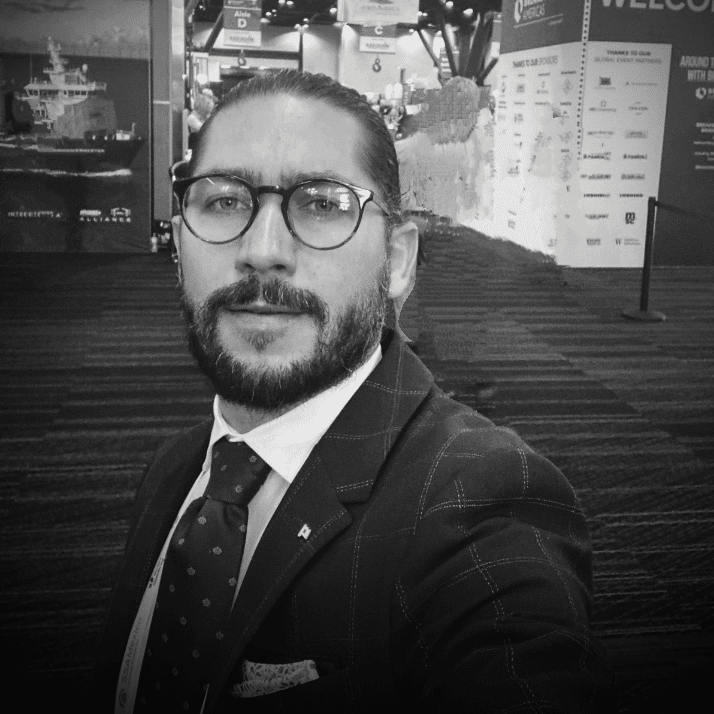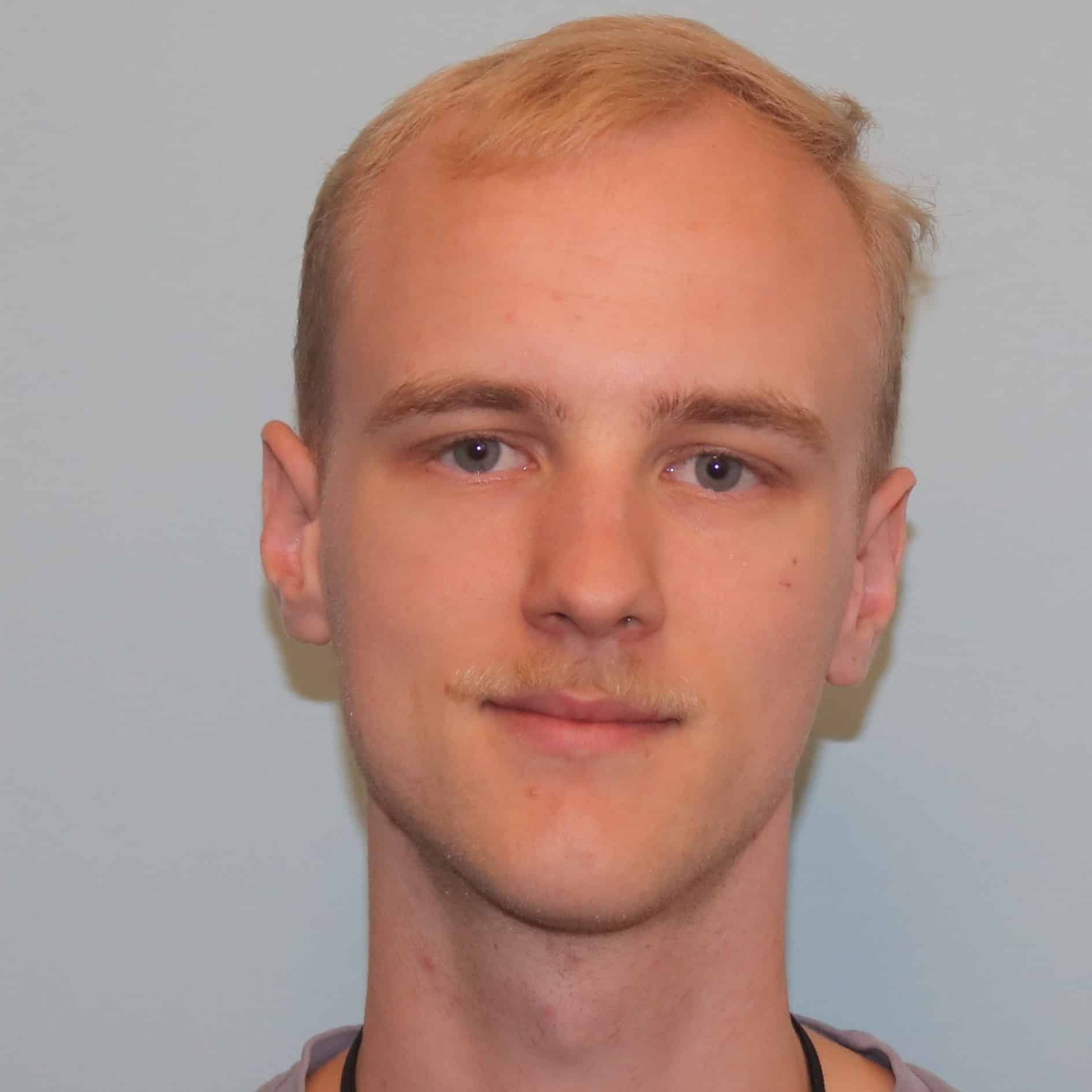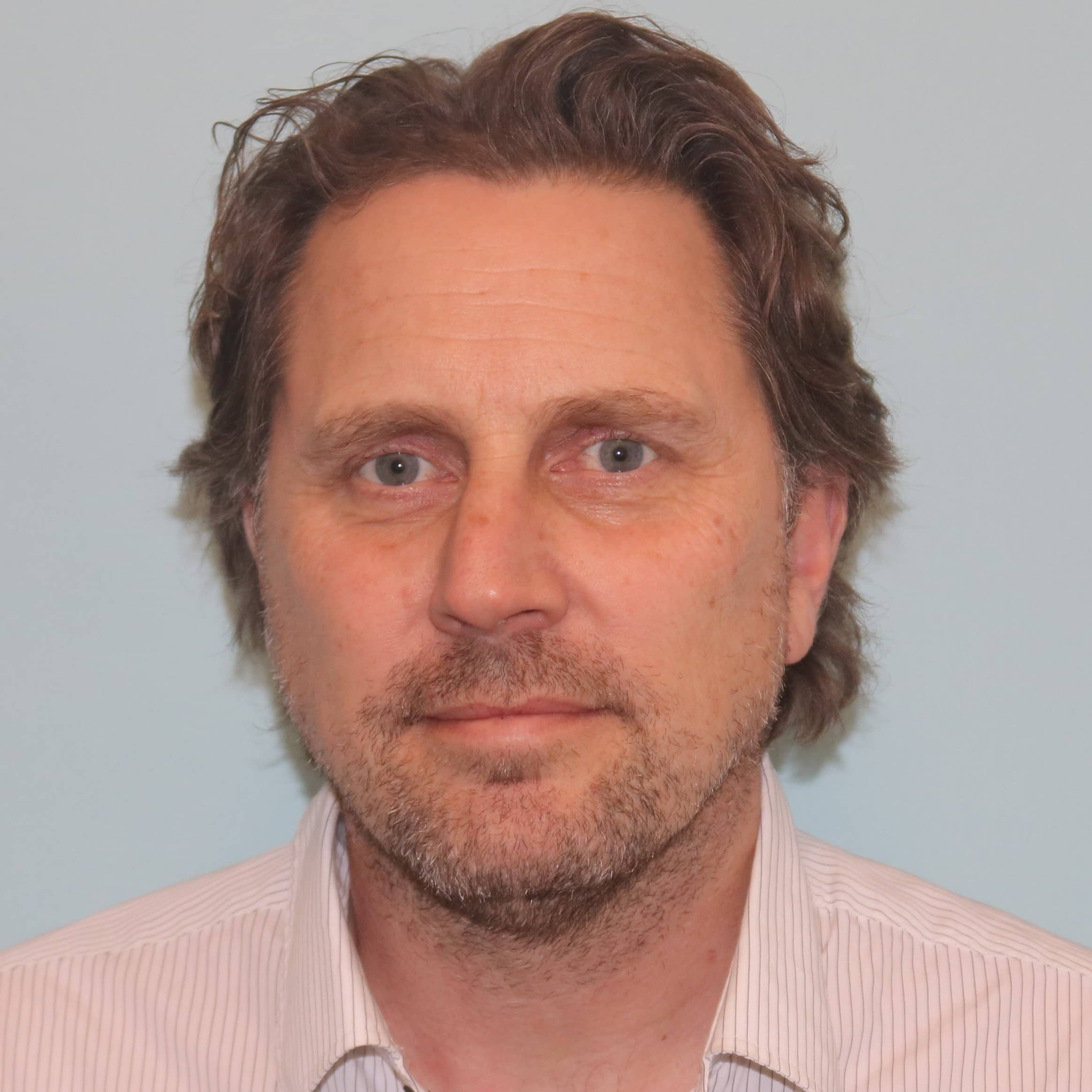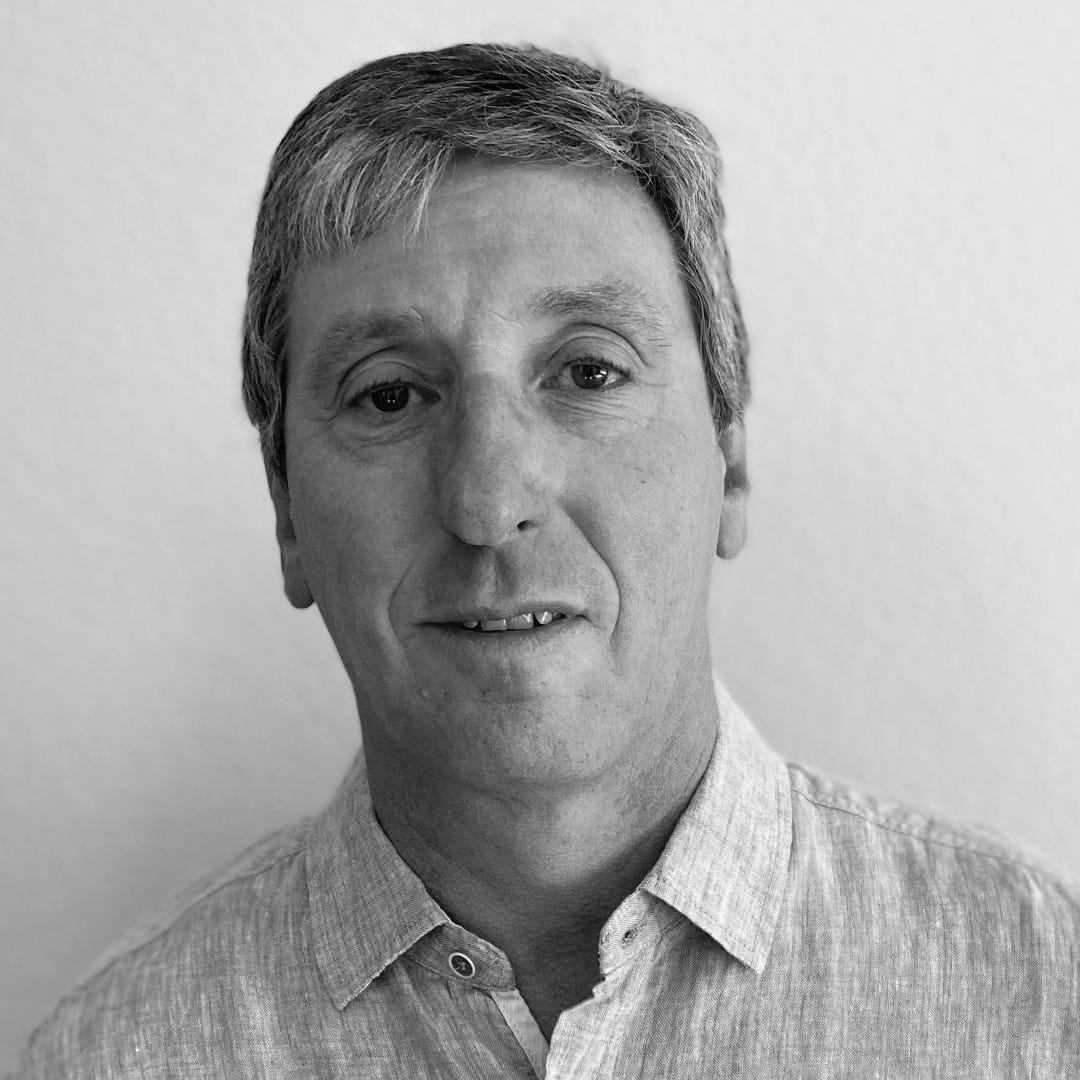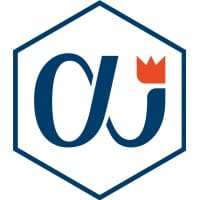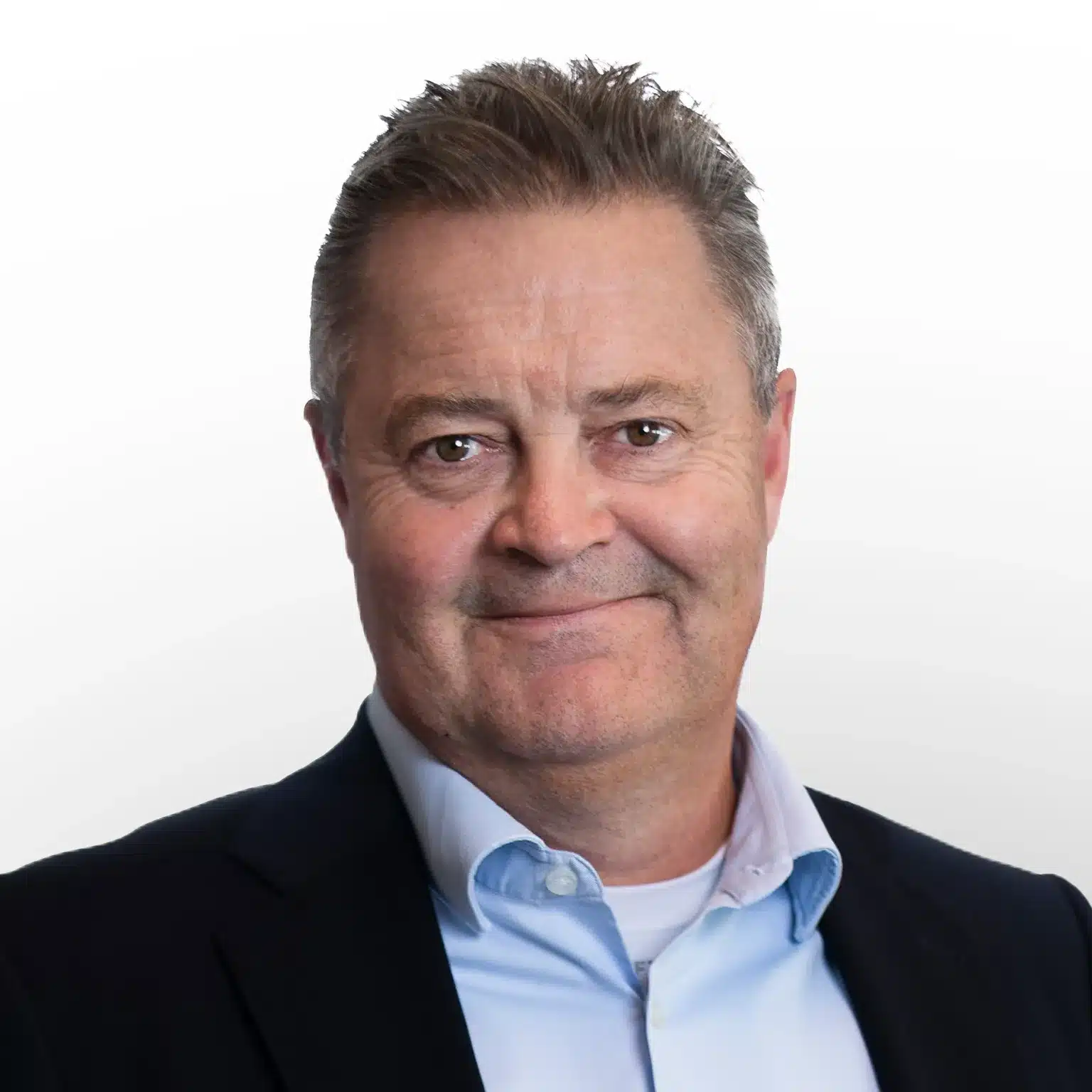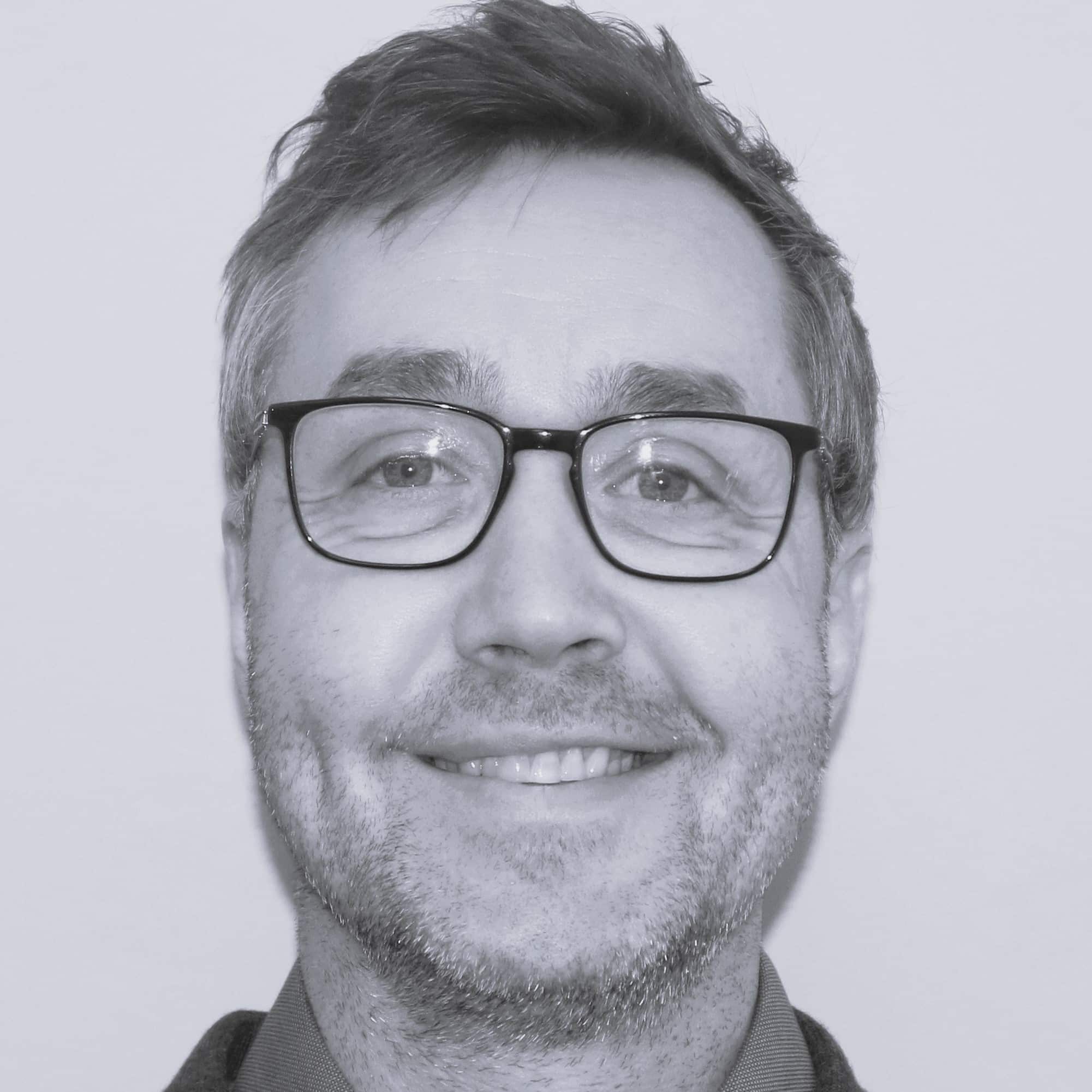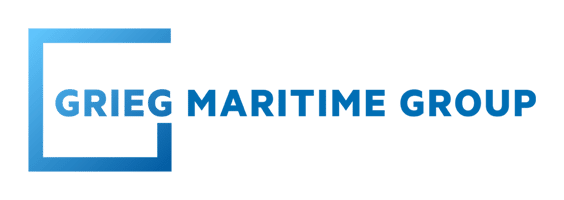New well plans and results, as well as rig moves, dominated this week's activity in the offshore drilling market.
In case you missed it, you can access our previous Rig Market Roundup here.
Contracts
Japan Drilling Company’s 1,640-ft semisubmersible Hakuryu-5 will move to Japan in Q1 2025 to work on a Carbon Capture & Storage (CCS) project. The semisubmersible is currently working for Petronas, offshore Malaysia with additional unexercised options that could keep the rig there until Q3 2024. The rig will then move to a shipyard for an extended period before moving to Japan to start its CCS campaign.
Eni has exercised options for the Saipem-managed 350-ft jackup Jindal Pioneer, keeping the rig working offshore Mexico into early 2025. Further options for the unit are available, which could keep the rig with Eni into the second half of 2025. Saipem leases the 350-ft jackup Jindal Pioneer from Jindal Drilling. The rig has been under Saipem management for work with Eni in Mexico since 2019, with a standby period in 2020 due to COVID-19.
Drilling Activity and Discoveries
Partner Woodside Energy has confirmed that the bp-operated Spinel well in the US GOM did not encounter hydrocarbons. Spinel is on Green Canyon Block 436 in around 4,127 ft of water. The well was spudded in early June 2023 with Diamond Offshore 12,000-ft drillship Ocean BlackLion and completed in August 2023. Ocean BlackLion is contracted to bp into the latter half of 2024.
Valaris 8,200-ft semisubmersible Valaris MS-1 is still on standby offshore Darwin, Australia as drilling activities at the Santos-operated Barossa project remain suspended pending assessment and acceptance of the associated environment plan by Australian regulator NOPSEMA. Santos stated that it is working to secure approvals to recommence drilling. The development drilling campaign at the Barossa offshore gas project was suspended in September 2022 when Australian courts set aside NOPSEMA’s acceptance of the environmental plan covering the drilling, following a legal challenge by representatives of Tiwi Islanders. Santos has stated that assuming drilling recommences and installation of the gas export pipeline begins before the end of 2023, the Barossa project remains on target to commence production in the first half of 2025.
BW Energy has temporarily suspended drilling and completion activities on the DRM-3H production well at the Ruche field on the Dussafu licence offshore Gabon after determining that a new final casing design is needed. The well did encounter oil. Borr Drilling’s 400-ft jackup Norve has moved on to drilling the Hibiscus South exploration prospect DHBSM-1. Norve will return and complete the DRM-3H well later in the drilling campaign when additional casing material is available. If DHBSM-1 contains commercial volumes, BW Energy intend to return to the well and complete it as a production well in early 2024. Norve is currently contracted to BW Energy into January 2024, with further options to extend the contract available.
Norway’s Petroleum Safety Authority (PSA) has granted Vår Energi consent for exploration drilling in block 25/8 in the North Sea off Norway. The well 25/8-23 S is targeting the Ringhorne North prospect in production licence 956. The licence is operated by Vår Energi, with Aker BP, Sval Energi, and Harbour Energy participating as partners. The consent includes an option for drilling two sidetracks, 25/8-23 A and 25/8-23 B. The Ringhorne North well is located about 134 km west of Utsira in Rogaland and 8 km from the Ringhorn platform. Vår Energi will use the Odfjell Drilling-managed 3,900-ft semisub, Deepsea Yantai, for these operations. The water depth at the site is 127 metres, and drilling is estimated to last a total of 97 days. The rig is currently working on the Ofelia appraisal well for Neptune Energy. After the completion of the Neptune scope, it is expected to move on to Vår Energi.
Ecopetrol has confirmed that the Shell-operated Glaucus-1 well offshore Colombia verified the presence of natural gas in the deep waters of the Colombian Caribbean. The well was drilled in summer 2023 with the Noble 12,000-ft drillship Noble Voyager, which subsequently moved to Mauritania for further work with Shell. Glaucus-1 is located in around 7,677 feet of water on block COL-5 off Colombia’s Caribbean coast. Shell and Ecopetrol each hold a 50% stake in the block. The well was drilled as a follow-up to Shell’s 2022 drilling campaign on COL-5, when a natural gas discovery was announced at the Gorgon-2 well. Shell’s previous discoveries in the area include Gorgon-1 in 2017, Purple Angel in 2017, and Kronos in 2015. As well as COL-5, Shell and Ecopetrol are also partners in the Fuerte Sur and Purple Angel blocks in Colombian waters. Ecopetrol is expected to begin its own drilling campaign offshore Colombia before the end of the year, drilling an exploration well on the Tayrona Block with Noble 10,000-ft semisubmersible Noble Discoverer.
The Norwegian Petroleum Directorate (NPD) has granted Vår Energi a drilling permit for two wells in the North Sea off Norway. Wells 25/7-12 S and 25/7-12 A are located in production licence 917, where Vår Energi is the operator and Equinor and Aker BP are partners. The water depth at the site is 127.8 metres. Vår Energi has already received consent from the Norwegian authorities for exploration drilling in block 25/7 using the Odfjell Drilling-managed 3,900-ft semisub Deepsea Yantai. The wells are targeting Hubert and Magellan (sidetrack) prospects.
Equinor has completed the drilling of a wildcat well in the Norwegian Sea, but the well is dry. Equinor’s well 6307/1-2 is located 36 kilometres south of the Njord field in the Norwegian Sea. This is the first well in production licence 1058. The drilling permit was secured in August 2023, and the well was spud on 27 September 2023 with the 10,000-ft semisub Deepsea Stavanger. The water depth at the site is 312 metres. The objective of the well was to prove petroleum in Triassic reservoir rocks (Red Layer), as well as to evaluate cap rock, reservoir and fluid properties. It encountered sandstones, conglomerates and intermittent silt and clay stone with reservoir quality in the exploration target consistently in the range of poor to none. The well was not formation-tested, but extensive data acquisition and sampling were carried out. The well was drilled to a vertical depth of 2,283 metres below sea level, and was terminated in sandstones in the presumed Red Layer in the Middle Triassic. It will be permanently plugged and abandoned.
Norway’s Petroleum Safety Authority (PSA) has granted Equinor consent for exploration drilling in block 35/11 in the North Sea. The well 35/11-28 S is located in production licence 248C, targeting a prospect named Harden Sør. The consent also includes an option for drilling a sidetrack well 35/11-28 A. The licence is operated by Equinor in partnership with Petoro and Wellesely Petroleum. The water depth at the site is 360 metres. The well is located in the Fram area. The nearest surface facility is Troll C, about 29 km to the southeast. Drilling is planned to start in November 2023 at the earliest, with a duration of 60 days upon discovery and drilling of a sidetrack. The well will be drilled with Odfjell Drilling’s 10,000-ft semisub Deepsea Stavanger, which is under a firm contract with Equinor until Q2 2024 with a continued optionality mechanism until the end of that year. After that, the rig is scheduled to start a long-term contract with Aker BP, which will keep it busy until the end of the decade.
The Norwegian Environment Agency (Miljødirektoratet) has received an application from Wintershall Dea for permission under the Pollution Act to drill an exploration well in the North Sea off Norway. The well is located in production licence 248 B, about 67 km from land (Ytterøyane) and 2.5 km north of the Vega Nord underwater installation. The expected start of exploration drilling is January 2024 at the earliest, with a duration of 55 days upon discovery. The well will be drilled with the 10,000-ft Transocean Norge semisub, which is under a long-term contract with Wintershall Dea well into 2027.
Equinor has applied to the Norwegian Environment Agency (Miljødirektoratet) for permission to operate in connection with planned drilling operations in the Barents Sea off Norway. The application is related to the 7324/7-4 Wisting Appraisal and 7324/7-U-2 S Wisting Appraisal pilot holes. The wells are located in PL537 in the southwestern part of the Barents Sea, around 190 km southeast of Bjørnøya and 250 km from the Finnmark coast. The water depth at the well location is 400 metres. The 7324/7-4 Wisting Appraisal well is a demarcation well to be drilled to collect additional rock mechanics data on the Wisting field. The well must be drilled in the water zone of the reservoir. According to Equinor, it is not possible to encounter hydrocarbons at the chosen well location. Drilling operations, which will start in January 2024 at the earliest, have a planned duration of 27 days. The operations are planned to be carried out with the 10,000-ft Deepsea Stavanger rig, which is operated by Odfjell Drilling. It is worth reminding that the investment decision for the Equinor-operated Wisting field was postponed back in November 2022. The maturation of the project continues, aiming for an investment decision by the end of 2026. In related news, Aker BP earlier this month applied to drill three exploration wells east of the planned Wisting field development.
Dana Petroleum’s Earn-1 well sidetrack in the UK North Sea will undergo vertical seismic profiling. The Earn-1 exploration well is located in the Southern North Sea, block 42/27. Dana began drilling operations on the well in early July 2023 after the 400-ft Valaris 121 jackup started its one-well contract with Petrofac, who is managing these operations on behalf of Dana as the operator. Earlier in October, Dana confirmed that a new hydrocarbon discovery had been made. After that, the company started drilling the sidetrack well 42/27-4Z in order to confirm understanding of the scale of this accumulation and potentially establish commerciality. Now, the planned vertical seismic profiling operations involve suspending a small airgun array from the side of the Valaris 121 rig at approximately 5 m below sea level and firing the guns at approximately 18-second intervals for a period of up to 24 hours. The provisional start date is 26 October 2023, but this may be delayed; therefore, the end date for rig operations at this location is set for 19 November 2023. With this, the rig is staying longer with Dana than initially expected, which means that its subsequent contract with Shell will also start at a later date.
ExxonMobil has encountered oil pay after drilling the Lancetfish-2 appraisal well, located on the Stabroek block off Guyana. ExxonMobil’s partner in the block, Hess, revealed in its Q3 2023 report on Wednesday that the successful Lancetfish-2 appraisal well encountered approximately 125 feet of net oil pay in appraisal reservoirs and approximately 65 feet of net oil pay in a new discovery interval. The well was drilled with the 10,000-ft drillship Stena DrillMAX in 5,649 feet of water. It is one of six drillships that ExxonMobil has working on its acreage off Guyana. The well is located approximately 4 miles southeast of the Lancetfish-1 discovery well, which was drilled with the 12,000-ft drillship Noble Don Taylor and announced as a discovery in April 2023. As a reminder, Hess is being acquired by oil major Chevron, which will give the latter access to prolific Guyana acreage operated by ExxonMobil.
TotalEnergies will begin a well test of the appraisal well at its Venus discovery in the Orange Basin offshore Namibia this week, according to TotalEnergies CEO Patrick Pouyanne. The Venus-1A well test is understood to be carried out with the Odfjell Drilling-managed 10,000-ft semisubmersible Deepsea Mira. The company spud the Mangetti-1X well offshore Namibia with the Odfjell Drilling-managed 7,500-ft semisub Deepsea Bollsta earlier this month. Another exploration well located north of the Venus discovery is also planned. During TotalEnergies third quarter 2023 results call, Pouyanne emphasised that the company would develop the Venus discovery and is currently assessing its full size in order to find the right scheme of development. TotalEnergies reported in September 2023 that the Nara exploration well on Block 2912 offshore Namibia had come up dry.
Mobilisation/Rig Moves
Chinese shipyard Dalian Shipbuilding Offshore Co. Ltd. (DSIC) has named and delivered a 400-ft jackup drilling rig to China Oilfield Services Limited (COSL). The rig is one of eight originally ordered and cancelled by Seadrill and the first of four bought by COSL. In September 2023, COSL entered into a contract to buy four F&G JU-2000E design newbuild jackups from DSIC for a total of RMB 3,251.6 million ($446 million). It was agreed that the first two jackups would be delivered to COSL within 90 calendar days and the other two would be delivered on or before 31 August 2024. The contract price was RMB 812.9 million ($111.5 million) per unit, with the price to be adjusted downwards if the delivery of the assets is delayed. The rig that has now been delivered was formerly known as West Titan and it has been renamed Hai Yang Shi You 945. The remaining three units will be delivered as planned. Other newbuild jackups at DSIC include the 400-ft units West Rhea, West Dione, West Hyperion, West Mimas, West Tethys, and West Umbriel.
Following its completion of the Qana well for TotalEnergies offshore Lebanon, Transocean 10,000-ft semisubmersible Transocean Barents is moving to Cyprus for a well with Eni. A one-well option for the rig exercised in July 2023 by TotalEnergies has been farmed out to Eni. The rig is understood to be preparing to drill the Cronos-2 well, following up Eni’s Cronos-1 natural gas discovery on Block 6 made in 2022. Block 6 offshore Cyrpus is operated by Eni with TotalEnergies as a partner with a 50% interest. The rig is expected to work with Eni until January 2024. TotalEnergies has two remaining options for the rig that could keep it working into mid-2024.
Diamond Offshore drillship Ocean BlackHawk has arrived in the US GOM and is preparing to begin its next contract in early November 2023, a one-year contract with a one-year option for Occidental subsidiary Anadarko Petroleum Corp. The 12,000-ft unit recently completed work offshore Senegal and underwent its five-year SPS in the Canary Islands before moving to the US GOM. Ocean BlackHawk worked for Occidental/Anadarko in the US GOM from 2014 into mid-2022. Anadarko has recently submitted plans for drilling at Mississippi Canyon Block 40, Green Canyon Block 606 and Green Canyon Block 562.
Two of the remaining rigs from ADNOC Drilling, the 400-ft Al Saadiyat and Al Sila, have arrived at Abu Dhabi Ports to undergo the commissioning process. These two rigs are among the five units that ADNOC Drilling acquired as part of its fast-tracked rig fleet expansion programme. The rigs have been awarded 10-year contracts and are expected to commence operations by the end of 2023. Al Saadiyat and Al Sila were acquired by ADNOC Drilling in Q2 2022, and both rigs are of a KFELS B Class jackup design.
The Shelf Drilling-owned 300-ft jackup Trident II will perform its special periodic survey (SPS) and contract preparation at Lamprell Hamriyah Shipyard in Sharjah, United Arab Emirates. The Trident II rig completed its previous campaign with ONGC in India in September 2023. The rig is now in transit to Lamprell Hamriyah Shipyard in Sharjah, where it will perform its SPS and contract preparation for a new, three-year campaign with ONGC in India. This contract was awarded in January 2023, and it is expected to start by the end of Q1 2024, keeping the rig busy until Q2 2027.
Other News
Equinor has begun production from the Breidablikk field in Norwegian waters of the North Sea, four months ahead of schedule. Eight wells have already been drilled at the field. Breidablikk is being developed with a planned total of 22 subsea wells drilled from four templates. The eight wells completed at Breidablikk were drilled with Odfjell Drilling’s 10,000-ft semisubmersible Deepsea Aberdeen, which has now moved to drill at Svalin but will return to Breidablikk, where drilling activities will continue until 2025. The subsea field is tied back to the Grane platform. Operator Equinor estimates that it holds close to 200 million barrels of recoverable oil. Its partners include Petoro, Vår Energi, and ConocoPhillips.
Chevron has entered into a definitive agreement with Hess to acquire all of the outstanding shares of Hess in an all-stock transaction valued at $53 billion, or $171 per share based on Chevron’s closing price on 20 October 2023. Under the terms of the agreement, Hess shareholders will receive 1.0250 shares of Chevron for each Hess share. The total enterprise value, including debt, of the transaction is $60 billion. The acquisition of Hess upgrades and diversifies Chevron’s portfolio, adding 30% ownership interest in the ExxonMobil-operated Stabroek block in Guyana as well as Gulf of Mexico assets and steady free cash flow from Southeast Asia natural gas business. Furthermore, Hess’ Bakken assets add another U.S. shale position to Chevron’s DJ and Permian basin operations. Hess currently has a total of three rigs under contract, a drillship in the U.S. and two jackups in Malaysia. Meanwhile, ExxonMobil has six drillships working on its assets in Guyana. The transaction has been unanimously approved by the boards of directors of both companies and is expected to close in the first half of 2024. It is subject to Hess shareholder approval and regulatory approvals and other customary closing conditions. The combined company’s capital expenditure budget is expected to be between $19 and $22 billion.
The UK’s North Sea Transition Authority (NSTA) is prepared to agree to a two-year extension for Orcadian Energy’s Seaward Production Licence P2244 in the UK North Sea, subject to certain conditions. This would change the expiry date of the Second Term of P2244 from 30 November 2023 to 30 November 2025. On 18 September 2023, Orcadian entered into a non-binding heads of agreement with an unnamed North Sea operator, which provided a period of exclusivity to undertake due diligence on P2244, and execute definitive documentation for a farm out, by 30 November 2023. The work programme included in the P2244 extension request was prepared jointly with the proposed operator and the preparation of documentation is proceeding to plan. The extension is conditional on Orcadian’s submission, before 30 November 2023, of an application for NSTA consent to assignment of an interest in P2244 to the proposed operator; and appointment of the proposed operator as operator of P2244. If NSTA consents are granted, the assignment of the interest in P2244 to the proposed operator must be completed by 31 March 2024. Should these not be met, then P2244 would automatically cease and determine 30 days thereafter.
Norwegian operator Aker BP has started production from the Kobra East & Gekko (KEG) project located in the Alvheim area off Norway. KEG is operated by Aker BP, with ConocoPhillips Skandinavia as a partner. When submitting the Plan for Development and Operation (PDO) for KEG to the Ministry of Petroleum and Energy in June 2021, the target was the start-up of production in Q1 2024. In addition to starting up the production from KEG several months earlier than estimated, the project has been delivered under the original budget of NOK 8 billion. The KEG development comprises the two discoveries, Kobra East and Gekko, in licence 203. The field has been developed with subsea installations connected to the production vessel on the Alvheim field, which is located in the Norwegian part of the central North Sea near the UK border. The development has involved a real marathon under the seabed, as about 42 kilometres from a total of four multi-branch wells in the reservoir have been drilled. Drilling costs make up a major part of the investment in the project. Odfjell Drilling’s 6,560-ft semisub Deepsea Nordkapp was used to drill the four KEG development wells. The rig is still under a firm contract with Aker BP, with options that could keep it busy throughout 2027.
Saipem 12,000-ft semisubmersible Scarabeo 9 is now expected to begin work with Burullus offshore Egypt in early 2024. The rig is currently undergoing maintenance at a yard in Palermo, Italy after a brief stay in the Canary Islands. The rig secured a contract with Burullus offshore Egypt in June 2023. The firm contract will keep Scarabeo 9 working into mid-2024, with further options available for the unit reaching into 2025.
The first two jackups in ARO Drilling’s newbuild program are to be delivered and begin work with Saudi Aramco in the fourth quarter of 2023 and first quarter of 2024, respectively. ARO Drilling has secured financing for these rigs with local Saudi Arabian banks. The 350-ft LeTourneau Super 116E Class Kingdom 1, also referred to as ARO 2005, is understood to have left the Lamprell Hamriyah yard in Sharjah and moved to Saudi Arabia, where it will begin its maiden contract with Saudi Aramco in the fourth quarter of 2023 while sister rig Kingdom 2, also known as ARO 2006, is to be delivered and start work in the first quarter of 2024. Dayrates for the rig’s initial eight-year contracts are to be determined using a pricing mechanism that targets a six-year payback for construction costs on an EBITDA basis. These initial terms will be followed by a minimum additional eight-year term, repriced every three years based on a market pricing mechanism. ARO Drilling has entered into a $359 million term loan with a syndicate of local Saudi Arabian banks to finance the deliveries of the two units The proceeds will be used to pay the remaining shipyard purchase price for Kingdom 1 and 2, and for general corporate purposes. The loan matures in eight years and has a 16-year amortisation profile with a 50% balloon payment due at maturity. ARO Drilling is a joint venture between drilling contractor Valaris Limited and state-owned oil and gas company Saudi Aramco.
